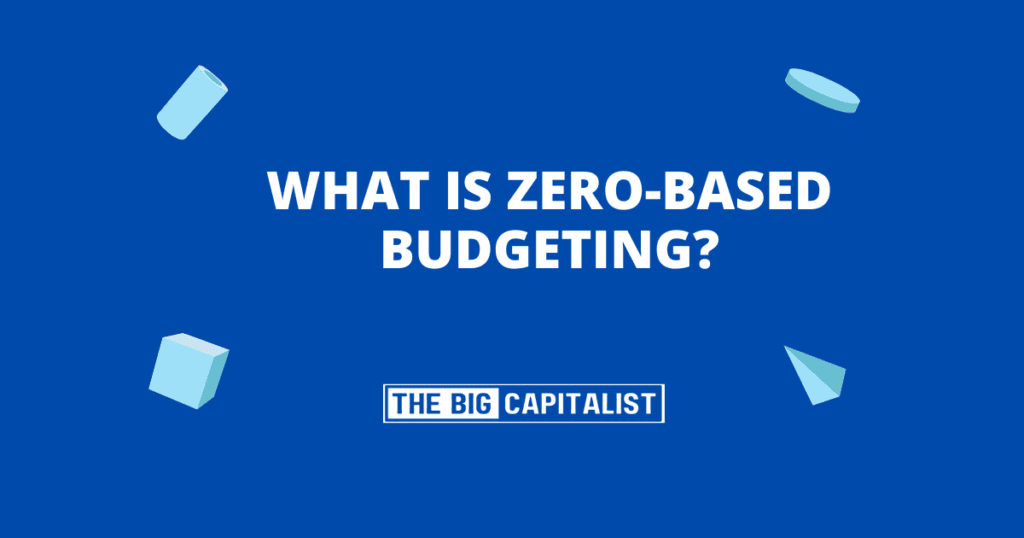Are you looking for a budgeting method that demands accountability and keeps every dollar in check? Zero-Based Budgeting might be the solution. Unlike traditional approaches that simply adjust previous budgets, zero-based budgeting starts from scratch each time forcing you to justify every expense, line by line. Below, we break down how it works and why it could be the key to healthier financial decisions.
What Is Zero Based Budgeting?
Zero-based budgeting is a process where you allocate funds based on current needs rather than historical spending. Each line item rent, utilities, marketing, payroll, etc. is evaluated anew. By starting at zero, you ensure every cost is clearly justified and contributes meaningfully to your financial goals.
Why Consider Zero Based Budgeting?
- Minimize Waste
With a fresh start each period, it’s easier to spot unnecessary or inflated expenses. This process encourages you to cut out anything that doesn’t directly support your objectives. - Increase Accountability
Departments or individuals must explain every dollar they request, creating a culture of responsibility and reducing the chance of hidden or duplicated costs. - Align Spending with Goals
By reviewing your current priorities, you direct money toward the areas that need it most be it new product development, debt reduction, or strategic investments. - Adapt Faster
Economic climates and personal circumstances change. Because you’re building from zero each time, it’s simpler to shift funds quickly to match new realities.
Potential Challenges
- Time-Consuming: Evaluating each expense from scratch can be labor-intensive.
- Resistance to Change: Team members might push back against the added scrutiny.
- Risk of Over-Justification: Some might inflate expenses to ensure their budgets are approved.
How to Get Started
- Define Your Goals
Before you look at expenses, clarify what you want to achieve—like paying off debt or growing your business. - List All Expenses
Brainstorm every financial obligation. This includes big-ticket items (rent, salaries) and smaller ones (subscriptions, office supplies). - Assign Costs and Justify
For each expense, ask: “Is this essential to meeting our goals?” If not, consider cutting or reducing it. - Allocate Funds
Once you’ve justified each line item, distribute your budget based on need and impact. If something doesn’t align with your primary objectives, remove or downsize it. - Monitor and Adjust
Track your spending in real-time. If you see inconsistencies or unexpected costs, revisit your zero-based plan and make necessary adjustments.
Final Thoughts
Zero-Based Budgeting isn’t just about cutting costs—it’s about being intentional with your money. By questioning every expense, you ensure that each dollar serves a purpose and drives you closer to your financial goals. Whether you’re a small business owner striving for efficiency or an individual seeking better financial control, zero-based budgeting can be a game-changer helping you stay focused, adapt quickly, and make the most of your resources.
FAQs on Zero Based Budgeting
Q1: What are the main benefits of zero based budgeting?
A: Zero-based budgeting ensures every expense is justified, promoting efficient resource allocation. It helps eliminate unnecessary spending and aligns expenditures with current organizational goals, enhancing financial discipline.
Q2: What challenges might one face when implementing zero-based budgeting?
A: Implementing zero-based budgeting can be time-consuming and resource-intensive. It may also encounter resistance from staff due to the increased scrutiny of expenses and the need for comprehensive justification of all budget items.
















